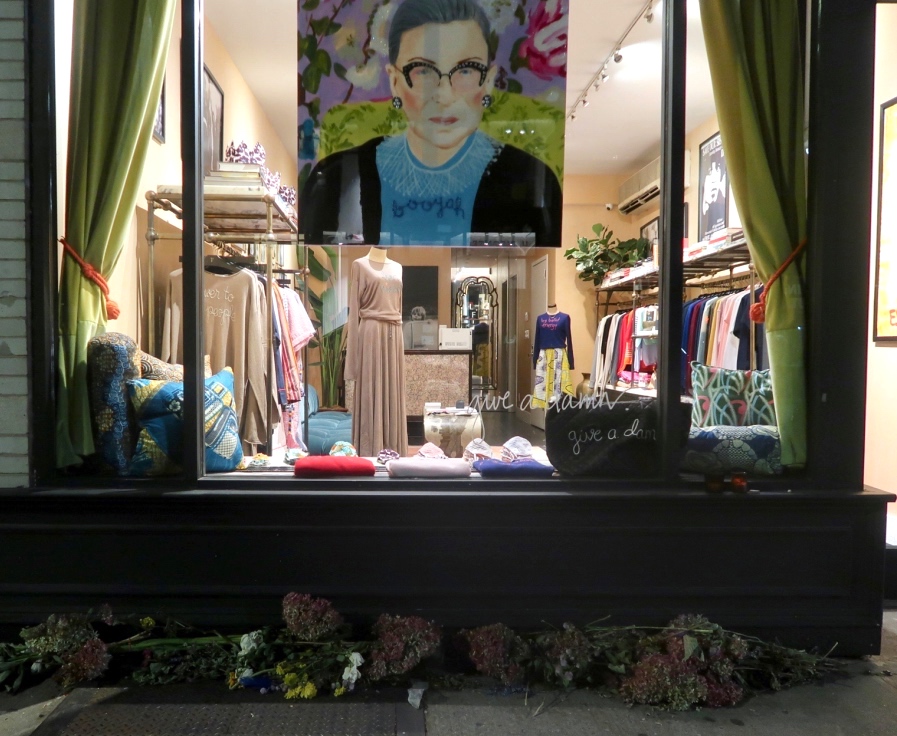Please Buy This 11 Million Dollar Building For Me
Thank you in advance. Almost every day, I pass by this building, with this room which extends out from the front, and every day I look at that room with longing. The windows are the most beautiful I’ve ever seen. If you look, there are six large sections, and within each of those sections are rows of panes. I fantasize about setting a desk up in front of those windows and looking out them every day. (The view I have now is nicer actually, but still.)
Well, this building is for sale! For a mere $10,995,000. (I rounded up above.). It’s only one block from my apartment. A move would be relatively easy. If anyone wants to buy it for me. Sigh. I just looked at more buildings on that site. Man oh man. I love this one, too. The way the 1% live! In all seriousness though, I’m happy where I am.





